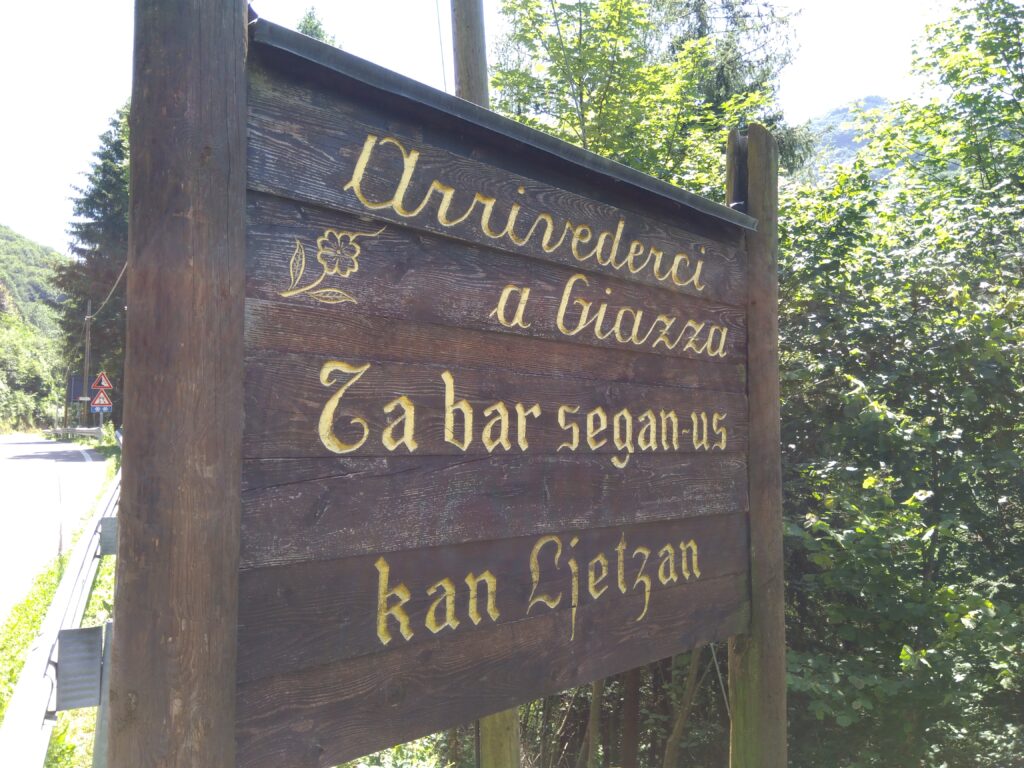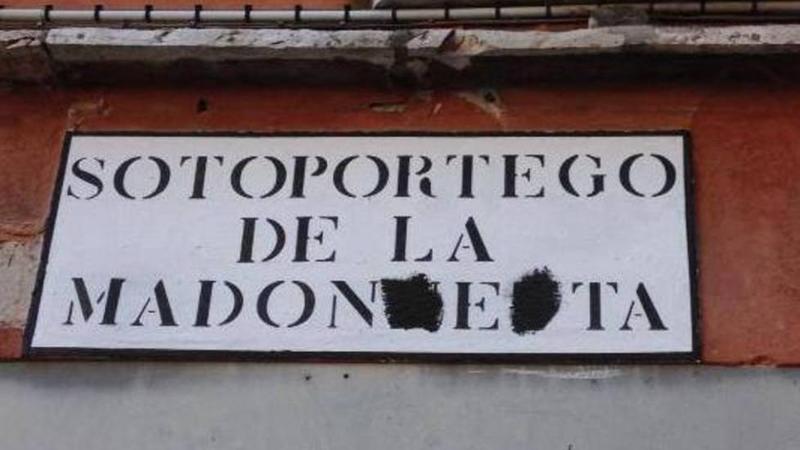What is a linguistic landscape?
All public spaces that we move through and interact with on a daily basis are filled with linguistic signs; the street sign of the street you live on, the notice about your area’s parking restrictions, a poster on the local busstop promoting the new coffee shop down the street, the unlicensed graffiti on your garage door protesting the government. All of these are examples of visual representations of language in the public sphere, and together they form the local linguistic landscape. The goal of linguistic landscape research is to document and analyse these representations, and to achieve further insights into the interplay of different languages, official language policies and concrete usage of the languages in the public sphere. In the case of AlpiLinK, we are specifically interested in the linguistic landscapes of the northern regions of Italy, so this section aims to document as many of public written texts as possible.




